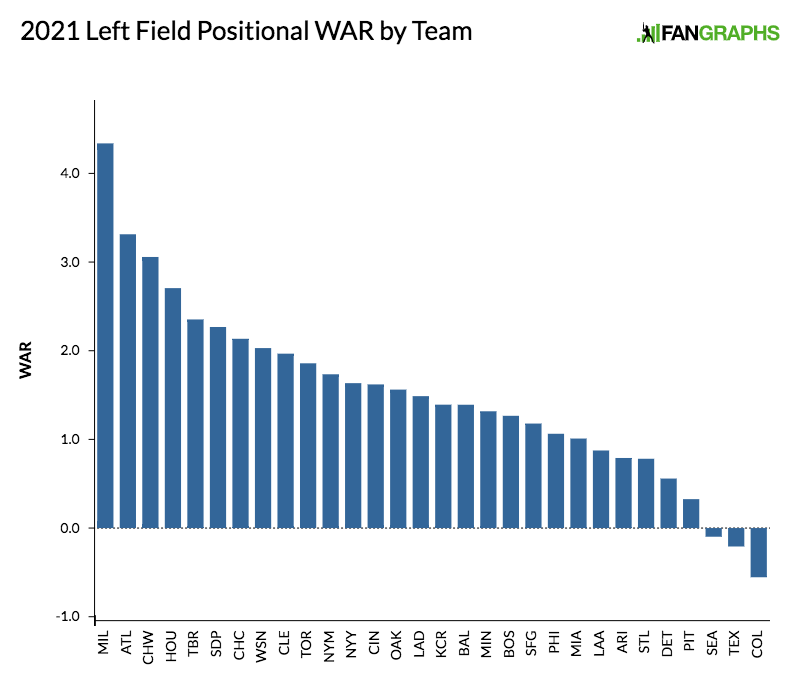The Importance of Fastball Shape
Velocity is all the rage these days, and why shouldn’t it be? It’s fun to see that third digit light up on a radar gun or show up on the scoreboard. And it’s happening more often than ever. From Opening Day through the weekend, eight pitchers combined for a total of 28 pitches over 100 mph, with Emmanuel Clase hitting the mark nine times out of the 11 cutting fastballs he threw on Sunday. It’s certainly exciting, but velocity isn’t everything. Yes, I want to know how hard someone is throwing when evaluating a pitcher, but my first question after that is what is the shape of the pitch?
A decade ago, scouts based their fastball grades almost entirely on velocity. Above-average velocity? Above-average fastball. But with the emergence of technologies like TrackMan, Hawkeye and Rapsodo, that one-to-one relationship has become a relic. There are pitchers who throw in the upper 90s who have average fastballs because of their shape and other intangibles; there are some with average velocity that are nonetheless plus pitches for the same reason. Because of this, the scouting scale has changed and is beginning to capture variables outside of just miles per hour. Some teams have begun asking their scouts to grade fastballs across three traits — velocity, movement and command. When I ran pro scouting with the Astros, I asked our scouts to capture velocity in their reports, but I wanted their fastball grade to reflect the effectiveness of the pitch in a more holistic way.
The best way to learn about fastball shape is first to think about what constitutes a normal shape. Sixto Sánchez has some of the best velocity in baseball, averaging a remarkable 98.5 mph with his four-seam fastball in 2020. It’s a plus pitch to be sure, but it also doesn’t play like you’d expect from a heater thrown 98-99 mph. Among the pitches in his arsenal, it’s the third most-likely to put away an opposing hitter, and it’s where he gives up his home runs. Why? Because in terms of fastball shape, it’s exceptionally normal. Here are Sánchez’s four-seam fastballs in 2020, as measured by horizontal and vertical movement:

I added a “line of normality” to show just that, as the 45-degree angle shows the normal amount of vertical and corresponding horizontal break on a fastball. As you can see, Sánchez’s four-seamer has just a smidge more rise (vertical) than run (horizontal), but for the most part, the cluster of pitches sits right on that line. These pitches are moving the way most fastballs move. More importantly, these pitches are moving the way hitters expect them to when they come out of his hand. The end result? A pitch that is easier to hit. Read the rest of this entry »

